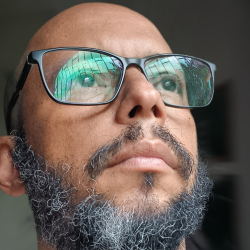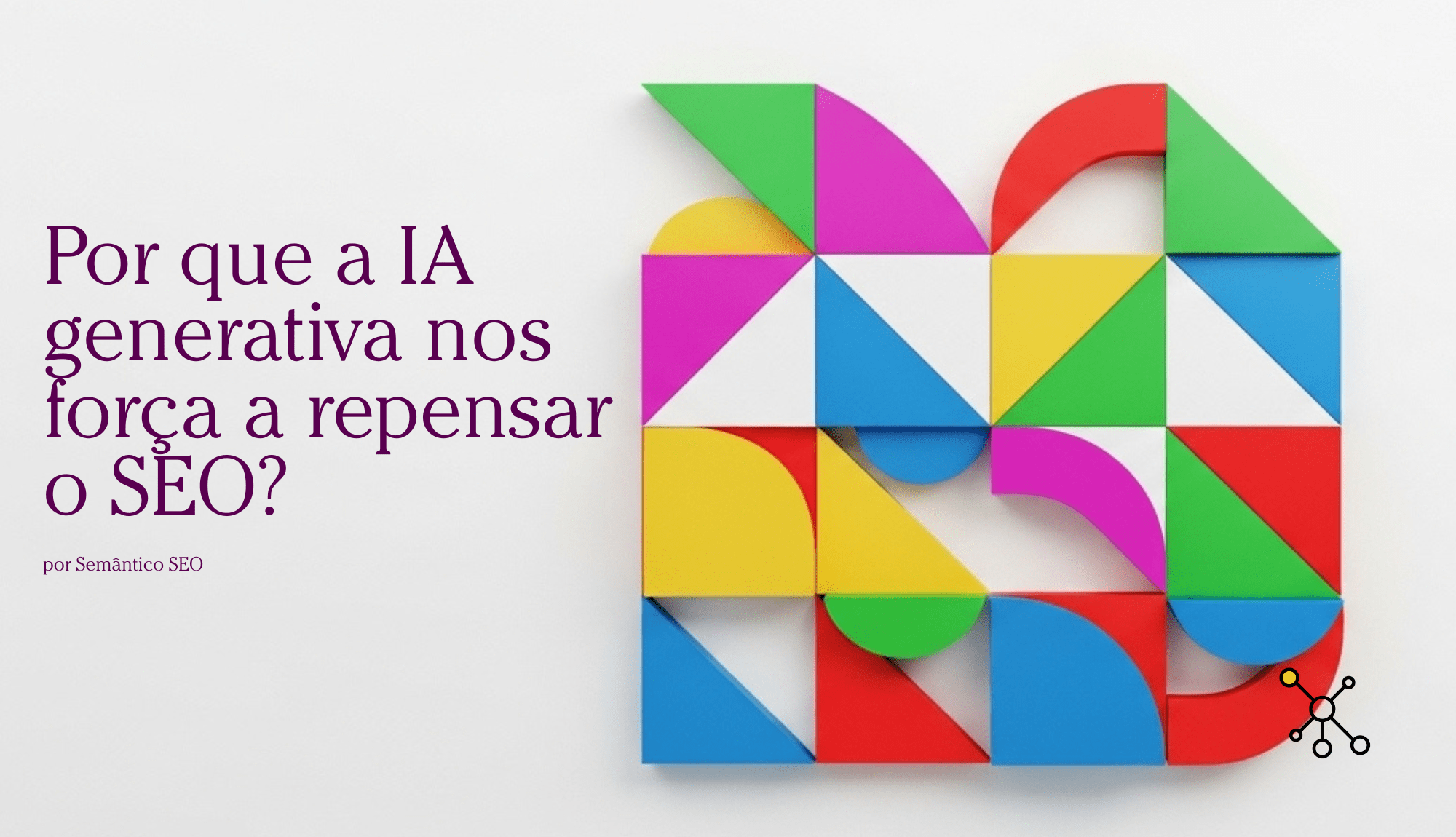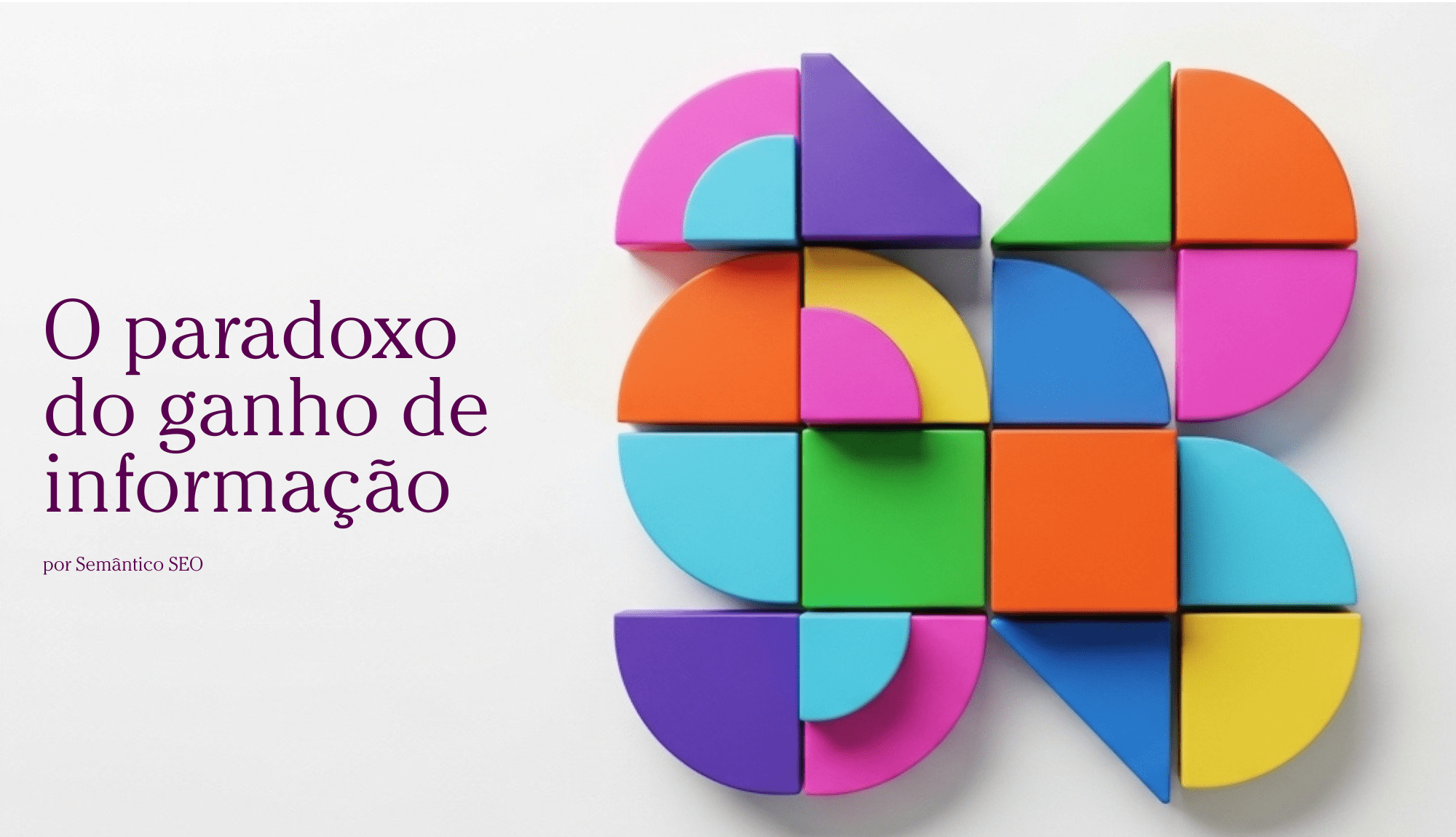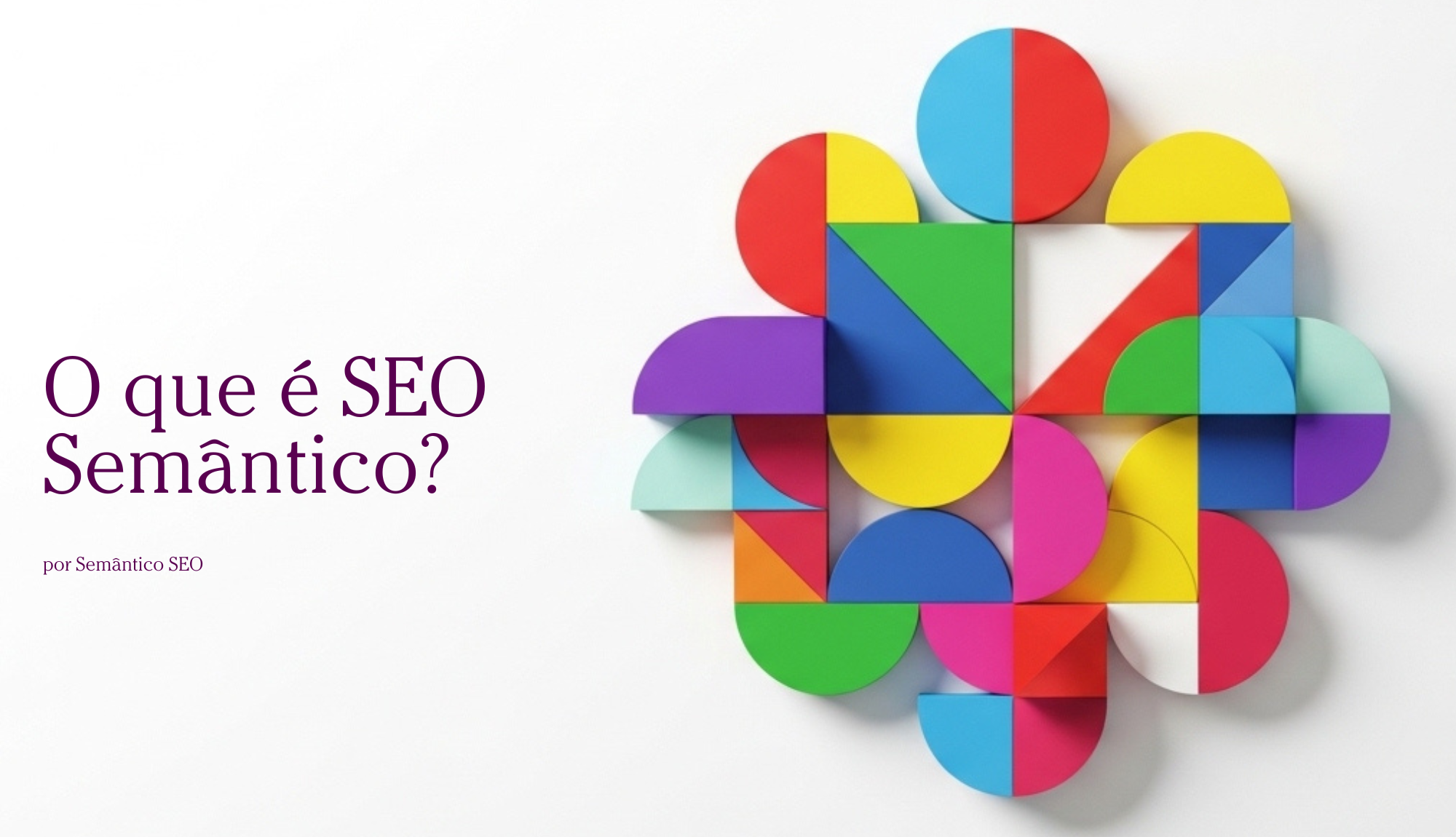O que são as coisas?
A primeira a série de perguntas que eu me faço e quero compartilhar com vocês foi incentivada por esse livro que eu tô lendo chamado Ontologia em ciência da informação – teoria e método. E eu começo me perguntando o que são as coisas.
Nele o debate sobre ontologias é feito do ponto de vista teórico e as perguntas que me fiz na leitura são relacionadas ao fato que uma é ontologia está envolvida no que eu posso chamar de processo de entender por que as coisas são o que são. Outra importante potencia do pensamento ontológico é no entendimento da relação entre a nomeação das coisas, dos nomes que a gente dá para essas coisas e as coisas em si,
Então a pergunta que eu me fiz e que compartilho com você que me lê é:
O que são coisas?
Se elas são do mundo real, se elas são advindas da nossa mente e a gente classifica e nomeia essas coisas, as coisas em relação entre si. O que chamamos de entidades no estudo de web semântica estão relacionados com esses conceitos e tentam responder a essas perguntas.
Então o que define que que uma cadeira é uma cadeira? Porque ela tem esse nome?
O que faz elas serem o que são, para nós humanos? São os nomes que a gente dá para elas? Os nomes são abstrações e as coisas são o que elas são e uma cadeira é uma cadeira e pronto? Ela ter esse o nome independente da nossa introspecção e do nosso nosso pensamento sobre uma cadeira?
E como acontece o processo de criação da nomeação dessa palavra “cadeira” e tudo que ela significa?
Uma cadeira é uma cadeira por conta da sua função? Por conta da sua forma e de como ela existe no mundo? Ou por causa do nome que a gente dá para ela? É por conta das suas características intrínsecas ou da relação do nome com essas características?
E como é que nós, os humanos combinamos entre nós como nomear as coisas?
Como é que a gente dá nome para as coisas, primeiro dentro do mesmo domínio, dentro do mesmo idioma (do português, por exemplo), e como é nós combinamos entre pessoas que falam uma outra língua?
Qual é a relação entre esses dois nomes, em línguas diferentes?
Cadeira e chair, por exemplo.
Como é que isso funciona, como é que a gente relaciona isso tudo? E a relação entre a coisa em si, o que a gente pode chamar de a coisa no mundo real, e a coisa no Mundo Ideal ou das ideias, a coisa no mundo da língua? Como é que Isso cria categorias, como é que a gente categoriza isso tudo?
Como devemos agrupar essas coisas que existem no mundo?
- Agrupamos por nome?
- Agrupamos pela forma?
- Agrupamos por suas funcionalidades?
É nesse ponto que esse tipo de pergunta teórica, que vem sendo estudada há séculos por muitos teóricos e filósofos, esbarram no nosso trabalho de SEO, principalmente do SEO Semântico, que tenta entender essas entidades e organizá-las em grupos, com um objetivo claro de conectar esses grupos a outras entidades.
O meu trabalho, principalmente na aplicação do Fluxo de Trabalho Semântico é usar as taxonomias e ontologias no processo de unir as entidades que fazem parte de um projeto entre si, buscando entender quais são as conexões possíveis e como ajudar o processo de criação de projetos e plataformas web, criação de conteúdo e utilização desses conteúdos, fazendo com que essa organização taxonômica e ontológica ajude as plataforma e seus conteúdos a interagir melhor com os algoritmos de buscas que precisam dessa organização para o bom entendimento de tudo o que uma organização publica na Web.
Este post foi inspirado em uma série de vídeos rápidos que eu gravei em uma tentavia de compartilhar algumas perguntas que me vieram à cabeça durante os meus estudos em SEO, Web semântica, ontologias e taxonomias, que hoje estão relacionados ao meu trabalho e a metodologia que eu criei, chamada Fluxo de Trabalho Semântico e alguns pensamentos para o futuro do SEO.
O Perguntas Semânticas é uma série de vídeos com perguntas que eu faço a mim mesmo e compartilho com vocês.





Publicar comentário